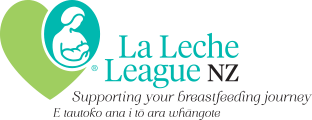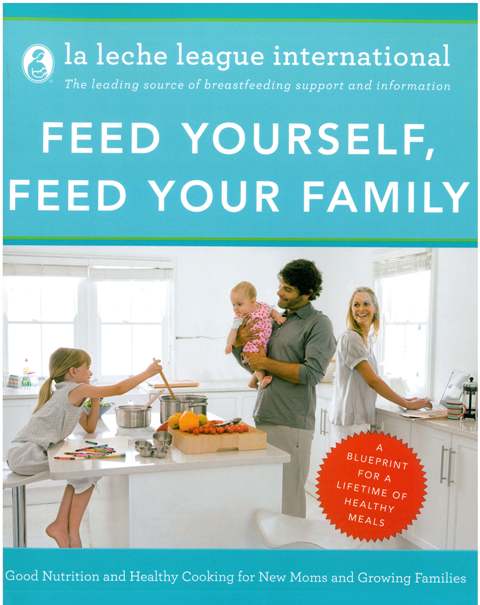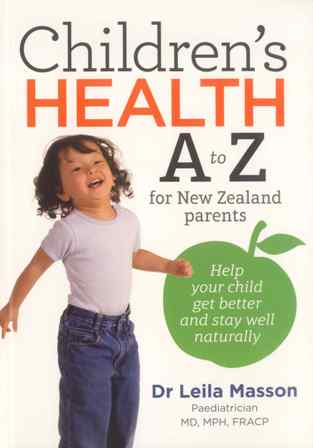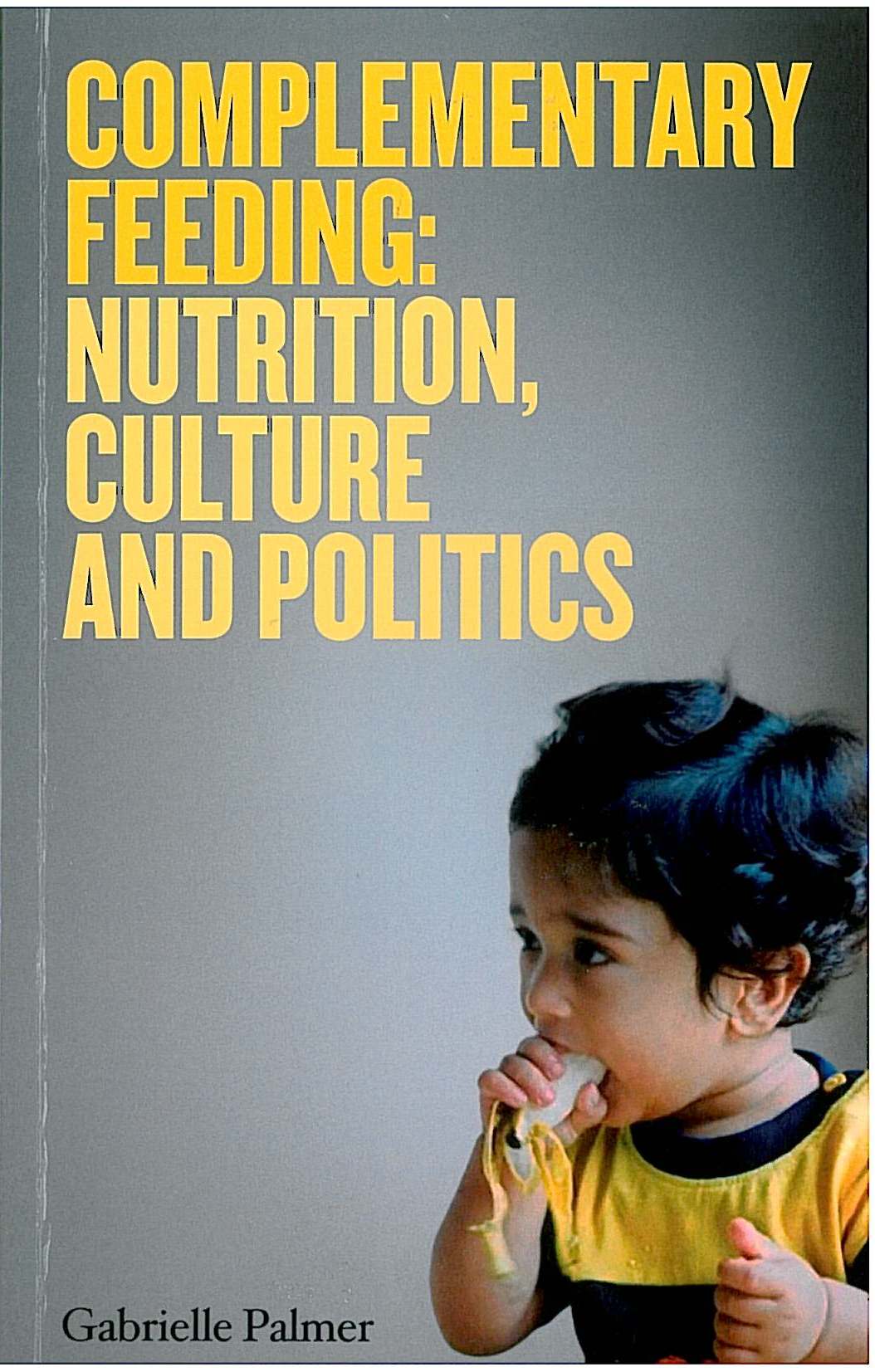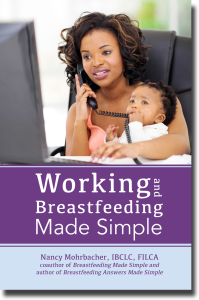Feed Yourself, Feed Your Family
Feed Yourself, Feed Your Family
This is the new nutrition and cookbook from LLLI – the old favourite, Whole Foods for the Whole
Family is now looking rather old, battered and dated. This isn’t just a cookbook – in fact there are
only 75 recipes in the whole book, it also gives vital information about nutritional needs (and what
foods to avoid) at various stages of life. It is divided into sections which cover the gamut of
nutrition, looking after yourself, solids, family foods and weaning in a lovely ‘conversation’ style,
punctuated with some delicious and nutritious recipes. One reviewer really wishes it had been
around when she was a new mum as it would have been a handy kitchen manual.
It generally has a relaxed approach, full of great ideas, like ‘foods you can eat with one hand’,
meals that give you more nutritional value, child-pleasing recipes, make-ahead and no-cook meals
as well as ideas for if you don’t eat meat. It has a good discussion about solids readiness and
baby-led introduction of solids and weaning. A few old favourites from Whole Foods for the Whole
Family are included, along with many new recipes. It often refers to the Womanly Art of
Breastfeeding and other LLLI books, but it doesn’t really talk about breastfeeding itself, except in
terms of stages and lifestyle and looking after yourself while breastfeeding.
The recipes use imperial measurements rather than metric, although there are conversion charts
at the back of the book. A few of the ingredients may be unfamiliar to some New Zealand readers,
but LLLNZ is inserting a glossary into each book to clear up any possible confusion.
The photos are lovely – although some may find them staged, and a little unreal. This is not a
cookbook with a photo for each recipe, although those that have been photographed look very
tempting. It is a very contemporary looking book and will appeal widely.
Original review, printed in Aroha Volume 14 Number 3
Feed Yourself, Feed Your Family
Good Nutrition and Healthy Cooking for New Moms and
Growing Families
LLLI, Ballantine Books, USA, 2012
Reviewed by Lorraine Taylor and Rosemary Gordon, LLLNZ
